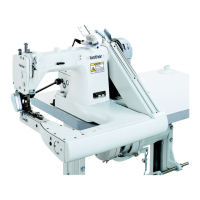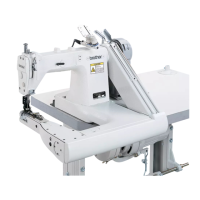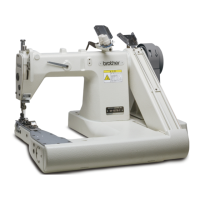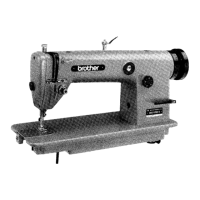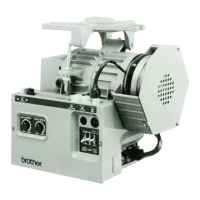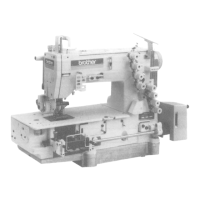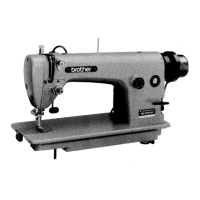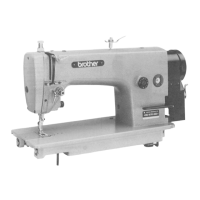Why does the thread keep breaking on my Brother DH4-B981 Sewing Machine?
- CCarrie OwensJul 31, 2025
If the thread breaks while using your Brother Sewing Machine, it could be due to several reasons. The thread might be of poor quality, in which case you should use a better-quality thread. Alternatively, the thread may be too thick for the needle; try using a differently-sized needle. Other potential causes include a rough needle groove or needle hole (replace the needle), incorrect needle and looper adjustment (adjust the needle bar height or the looper and spreader height), a damaged needle, looper, throat plate, or thread path (repair or replace the damaged part), a broken or bent needle point (replace the needle), or incorrect needle and needle guard adjustment. In the last case, you need to adjust correctly while referring to "9-6 Adjusting the needle guard."


